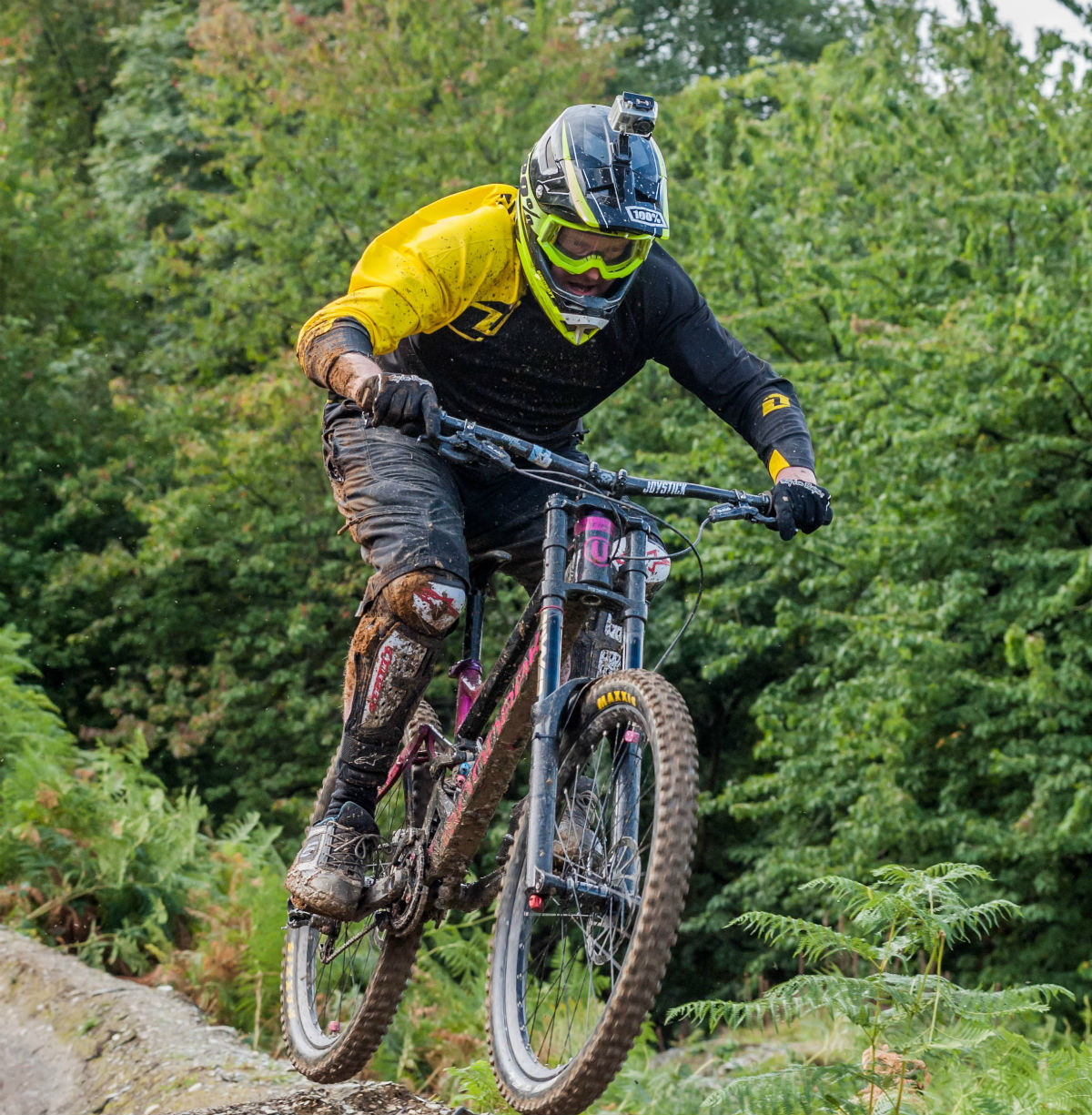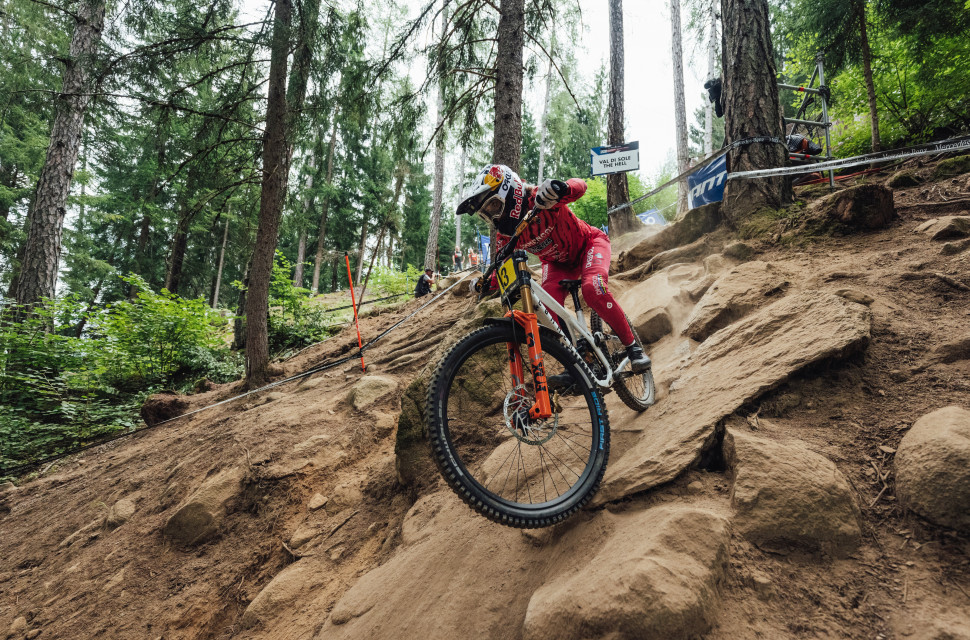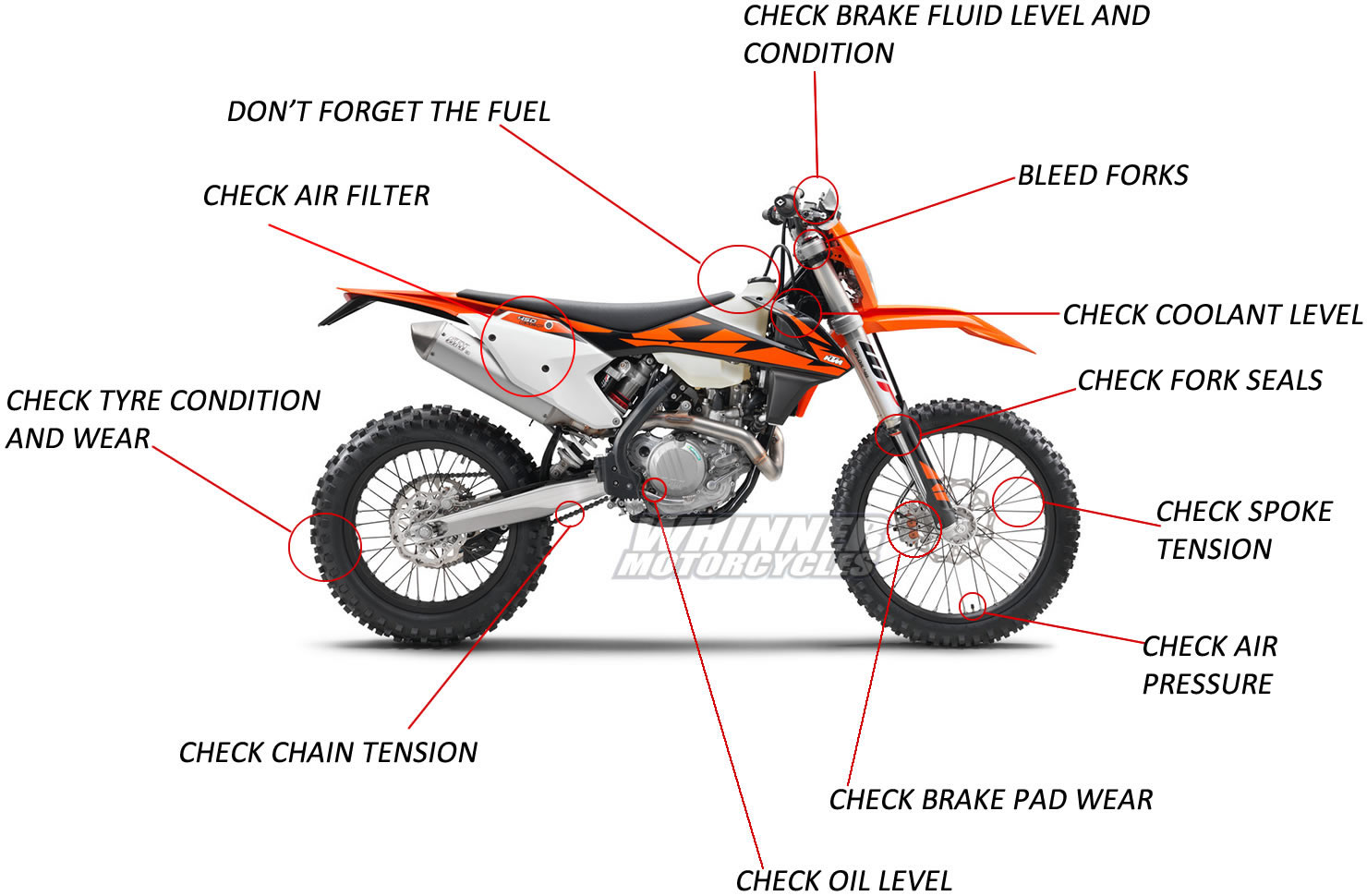Unleashing the Thrill Seeker Within
Downhill mountain biking is an exhilarating experience that combines speed, skill, and scenic beauty. The rush of adrenaline that comes with tackling challenging trails is unmatched, and the sense of accomplishment that follows is unparalleled. As riders navigate through treacherous terrain, they develop a deeper connection with nature and a sense of pride in their abilities. Downhill mountain bike trails offer a unique opportunity to push limits, test skills, and experience the thrill of adventure. Whether riders are seeking a leisurely cruise or an adrenaline-fueled descent, downhill mountain bike trails provide the perfect setting for an unforgettable experience.
What Makes a Trail Truly Epic?
A truly epic downhill mountain bike trail is a symphony of terrain, obstacles, and scenic views. It’s a trail that challenges riders, pushes them to their limits, and rewards them with breathtaking vistas and an unparalleled sense of accomplishment. The terrain is a critical component, with steep inclines, rocky outcroppings, and tight switchbacks that test a rider’s skills and nerve. Obstacles like jumps, drops, and tight technical sections add an extra layer of complexity, requiring riders to be focused, agile, and in complete control. And then there are the scenic views – the panoramic vistas, the alpine meadows, and the serene forests that provide a stunning backdrop to the ride. When all these elements come together, the result is a downhill mountain bike trail that’s truly epic, a trail that will leave riders grinning from ear to ear and eager to do it all again.
How to Choose the Right Trail for Your Skill Level
Selecting the right downhill mountain bike trail is crucial to ensure a fun and safe ride. With thousands of trails to choose from, it can be overwhelming for riders to determine which ones match their skill level. The key is to assess trail difficulty, read trail signs, and understand local regulations. Trail difficulty is often indicated by a rating system, with green circles denoting easy trails, blue squares indicating moderate trails, and black diamonds signifying expert trails. Riders should also pay attention to trail signs, which often provide information on trail features, obstacles, and potential hazards. Additionally, understanding local regulations, such as permits, access restrictions, and environmental concerns, is essential to ensure a smooth and enjoyable ride. By taking the time to research and choose a trail that matches their abilities, riders can focus on what matters most – shredding the downhill mountain bike trails and having an unforgettable experience.
Essential Gear for Downhill Dominance
When it comes to tackling the world’s most challenging downhill mountain bike trails, having the right gear is crucial. A high-performance bike is the foundation of any downhill setup, with models like the Trek Session and Specialized Demo offering unparalleled speed and agility. However, a bike is only as good as its rider, and that’s where protective gear comes in. A full-face helmet is a must-have, providing comprehensive protection for the head and face in the event of a crash. Knee pads, elbow pads, and gloves are also essential, offering protection for joints and skin in the event of a fall. Additionally, a good pair of downhill mountain biking shoes can make all the difference, providing stability, support, and control on the pedals. By investing in the right gear, riders can focus on what matters most – shredding the downhill mountain bike trails and pushing their limits to new heights.
Mastering the Art of Downhill Technique
Downhill mountain biking is a skill that requires precision, control, and finesse. To tackle the world’s most challenging downhill mountain bike trails, riders need to master the art of cornering, braking, and body positioning. Cornering is a critical skill, as it allows riders to maintain speed and control through tight turns and switchbacks. This involves leaning the bike into the turn, using the correct body positioning, and applying gentle pressure to the brakes. Braking is another essential skill, as it enables riders to slow down quickly and safely on steep, technical sections of trail. This involves using the correct braking technique, such as feathering the brakes or using a slow, gradual squeeze. Body positioning is also crucial, as it allows riders to maintain balance and control on the bike. This involves keeping the weight centered over the bike, with knees bent and arms relaxed. By mastering these skills, riders can tackle even the most challenging downhill mountain bike trails with confidence and precision.
Staying Safe on the Mountain
Safety is paramount when tackling the world’s most challenging downhill mountain bike trails. With steep drop-offs, rocky terrain, and high speeds, the risk of injury is ever-present. To minimize this risk, it’s essential to assess the trail’s difficulty and obstacles before riding. This involves reading trail signs, understanding local regulations, and scouting the trail to identify potential hazards. Additionally, riders should always wear the necessary protective gear, including full-face helmets, knee pads, and elbow pads. Emergency preparedness is also crucial, with riders carrying a basic first aid kit, a multi-tool, and a means of communication. In the event of an accident, knowing basic first aid techniques, such as treating wounds and stabilizing injuries, can be lifesaving. By prioritizing safety and being prepared for any situation, riders can enjoy the thrill of downhill mountain biking while minimizing the risk of injury.
Exploring the World’s Most Iconic Downhill Trails
For downhill mountain bikers, the thrill of the ride is often matched by the allure of the world’s most iconic trails. From the rugged mountains of British Columbia to the sun-kissed hills of Italy, these legendary downhill mountain bike trails offer a unique combination of challenging terrain, breathtaking scenery, and unparalleled riding experiences. Whistler, Canada, is a mecca for downhill enthusiasts, with its infamous A-Line trail featuring steep drops, rocky terrain, and high-speed jumps. In Finale Ligure, Italy, riders can tackle the challenging trails of the Ligurian Alps, with their steep inclines, tight switchbacks, and stunning Mediterranean views. Meanwhile, Queenstown, New Zealand, offers a range of trails for all skill levels, from the gentle slopes of the Ben Lomond Trail to the extreme terrain of the famous Vertigo Trail. Whether you’re a seasoned pro or an aspiring downhill rider, these iconic trails are a must-visit destination for any serious enthusiast of downhill mountain bike trails.
Getting Ready to Shred: A Pre-Ride Checklist
Before hitting the downhill mountain bike trails, it’s essential to ensure you’re fully prepared for a day of adrenaline-fueled riding. A comprehensive pre-ride checklist can make all the difference between a fun, incident-free day and a disastrous one. First, inspect your bike to ensure it’s in top condition, checking the brakes, tires, and suspension for any signs of wear or damage. Next, dress for success in comfortable, protective clothing, including a full-face helmet, knee pads, and elbow pads. Don’t forget to pack essential items like a multi-tool, a first aid kit, and a means of communication. Nutrition is also crucial, so fuel up with a balanced meal or snack, and stay hydrated by bringing plenty of water. Finally, take a few minutes to review the trail map, understanding the route, difficulty level, and any potential hazards. By following this pre-ride checklist, you’ll be ready to tackle even the most challenging downhill mountain bike trails with confidence and style.









